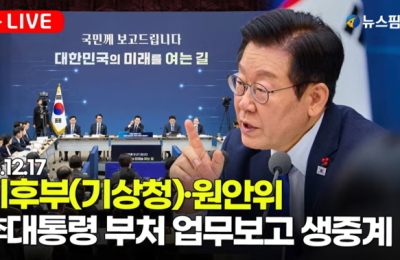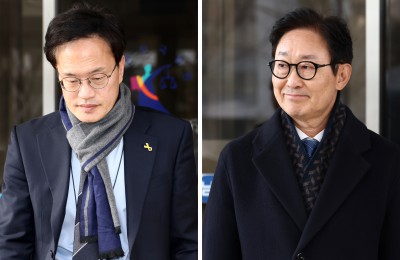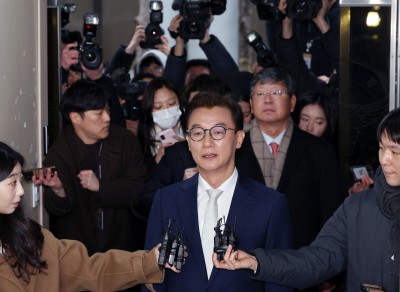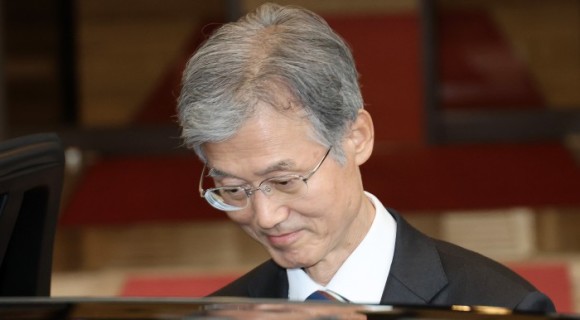다음은 14일 미국 상원 은행위원회 청문회를 앞두고 자넷 옐런 연방준비제도(Fed) 부의장이 사전 배포한 증언 연설문(Testimony) 원문이다. 이 증언에서 옐런은 미국 경제가 계속 회복 중이고 주택시장 경기가 돌아섰다고 진한다면서도 경기부양 정책을 줄이기 전에 경제가 좀 더 개선될 필요가 있다는 의견을 제기했다. 이 증언이 소개되면서 미국 국채선물과 금 선물이 상승하는 등 금융시장은 기대감을 드러냈다.
아래는 증언문 전문(영어 원문)이다(굵은 글씨로 강조한 것은 뉴스핌이며, 연방준비제도가 공개한 원문에는 강조 표시가 없음).
Testimony
Vice Chair Janet L. Yellen
Confirmation hearing
Before the Committee on Banking, Housing, and Urban Affairs, U.S. Senate, Washington, D.C.
November 14, 2013
Chairman Johnson, Senator Crapo, and members of the Committee, thank you for this opportunity to appear before you today. It has been a privilege for me to serve the Federal Reserve at different times and in different roles over the past 36 years, and an honor to be nominated by the President to lead the Fed as Chair of the Board of Governors.
I approach this task with a clear understanding that the Congress has entrusted the Federal Reserve with great responsibilities. Its decisions affect the well-being of every American and the strength and prosperity of our nation. That prosperity depends most, of course, on the productiveness and enterprise of the American people, but the Federal Reserve plays a role too, promoting conditions that foster maximum employment, low and stable inflation, and a safe and sound financial system.
The past six years have been challenging for our nation and difficult for many Americans. We endured the worst financial crisis and deepest recession since the Great Depression. The effects were severe, but they could have been far worse. Working together, government leaders confronted these challenges and successfully contained the crisis. Under the wise and skillful leadership of Chairman Bernanke, the Fed helped stabilize the financial system, arrest the steep fall in the economy, and restart growth.
Today the economy is significantly stronger and continues to improve. The private sector has created 7.8 million jobs since the post-crisis low for employment in 2010. Housing, which was at the center of the crisis, seems to have turned a corner--construction, home prices, and sales are up significantly. The auto industry has made an impressive comeback, with domestic production and sales back to near their pre-crisis levels.
We have made good progress, but we have farther to go to regain the ground lost in the crisis and the recession. Unemployment is down from a peak of 10 percent, but at 7.3 percent in October, it is still too high, reflecting a labor market and economy performing far short of their potential. At the same time, inflation has been running below the Federal Reserve's goal of 2 percent and is expected to continue to do so for some time.
For these reasons, the Federal Reserve is using its monetary policy tools to promote a more robust recovery. A strong recovery will ultimately enable the Fed to reduce its monetary accommodation and reliance on unconventional policy tools such as asset purchases. I believe that supporting the recovery today is the surest path to returning to a more normal approach to monetary policy.
In the past two decades, and especially under Chairman Bernanke, the Federal Reserve has provided more and clearer information about its goals. Like the Chairman, I strongly believe that monetary policy is most effective when the public understands what the Fed is trying to do and how it plans to do it. At the request of Chairman Bernanke, I led the effort to adopt a statement of the Federal Open Market Committee's (FOMC) longer-run objectives, including a 2 percent goal for inflation. I believe this statement has sent a clear and powerful message about the FOMC's commitment to its goals and has helped anchor the public's expectations that inflation will remain low and stable in the future. In this and many other ways, the Federal Reserve has become a more open and transparent institution. I have strongly supported this commitment to openness and transparency, and will continue to do so if I am confirmed and serve as Chair.
The crisis revealed weaknesses in our financial system. I believe that financial institutions, the Federal Reserve, and our fellow regulators have made considerable progress in addressing those weaknesses. Banks are stronger today, regulatory gaps are being closed, and the financial system is more stable and more resilient. Safeguarding the United States in a global financial system requires higher standards both here and abroad, so the Federal Reserve and other regulators have worked with our counterparts around the globe to secure improved capital requirements and other reforms internationally. Today, banks hold more and higher-quality capital and liquid assets that leave them much better prepared to withstand financial turmoil. Large banks are now subject to annual "stress tests" designed to ensure that they will have enough capital to continue the vital role they play in the economy, even under highly adverse circumstances.
We have made progress in promoting a strong and stable financial system, but here, too, important work lies ahead. I am committed to using the Fed's supervisory and regulatory role to reduce the threat of another financial crisis. I believe that capital and liquidity rules and strong supervision are important tools for addressing the problem of financial institutions that are regarded as "too big to fail." In writing new rules, however, the Fed should continue to limit the regulatory burden for community banks and smaller institutions, taking into account their distinct role and contributions. Overall, the Federal Reserve has sharpened its focus on financial stability and is taking that goal into consideration when carrying out its responsibilities for monetary policy. I support these developments and pledge, if confirmed, to continue them.
Our country has come a long way since the dark days of the financial crisis, but we have farther to go. Likewise, I believe the Federal Reserve has made significant progress toward its goals but has more work to do.
Thank you for the opportunity to appear before you today. I would be happy to respond to your questions.
[뉴스핌 Newspim] 주명호 기자 (joomh@newspim.com)
























